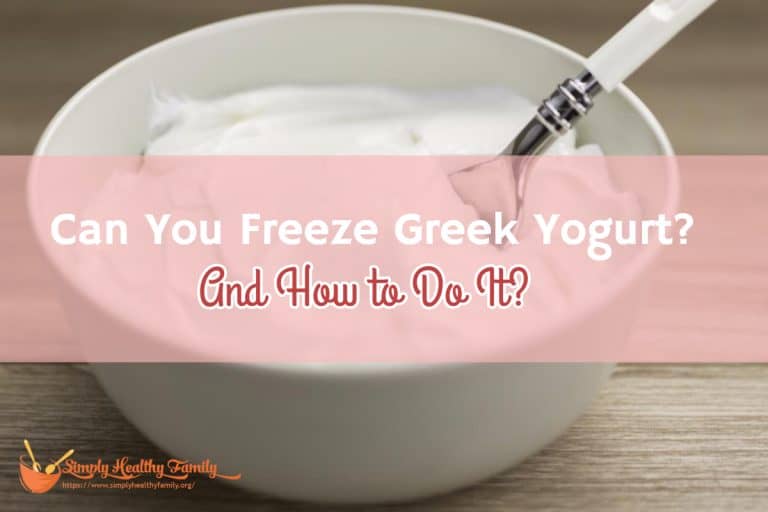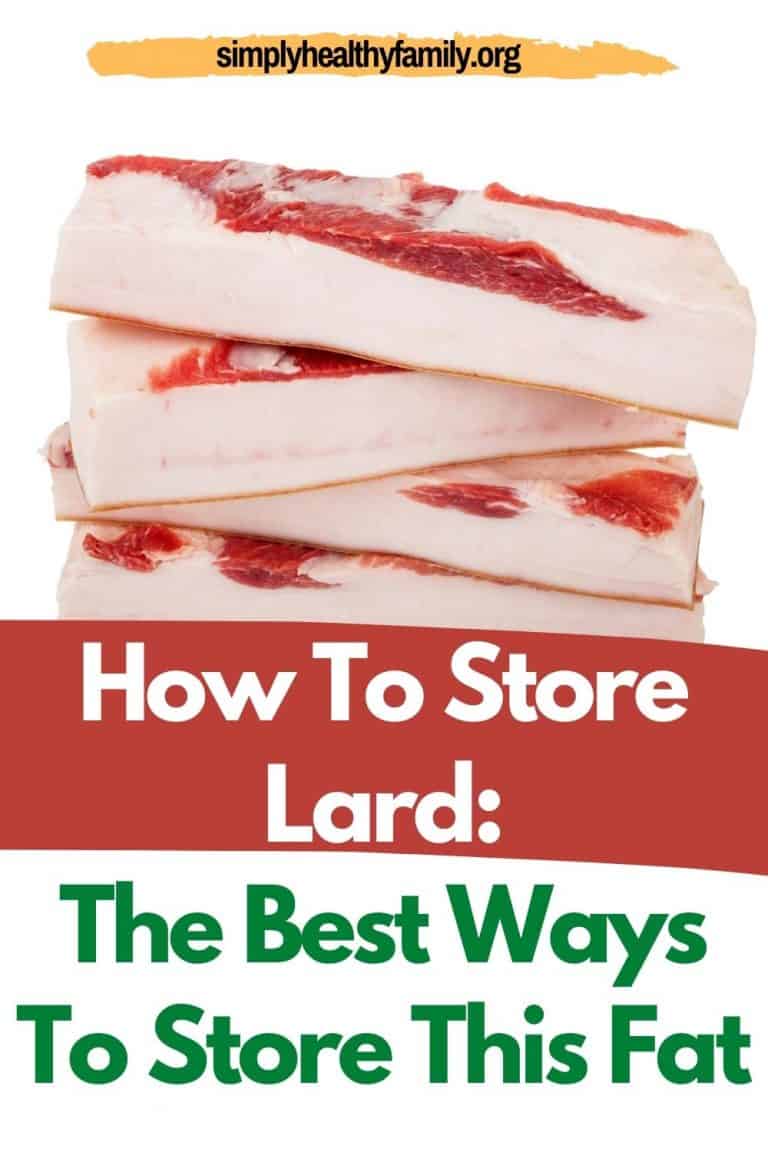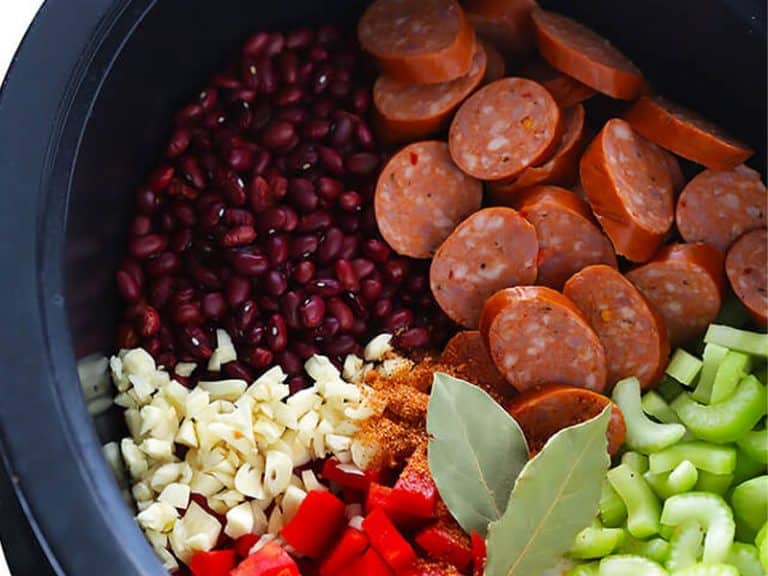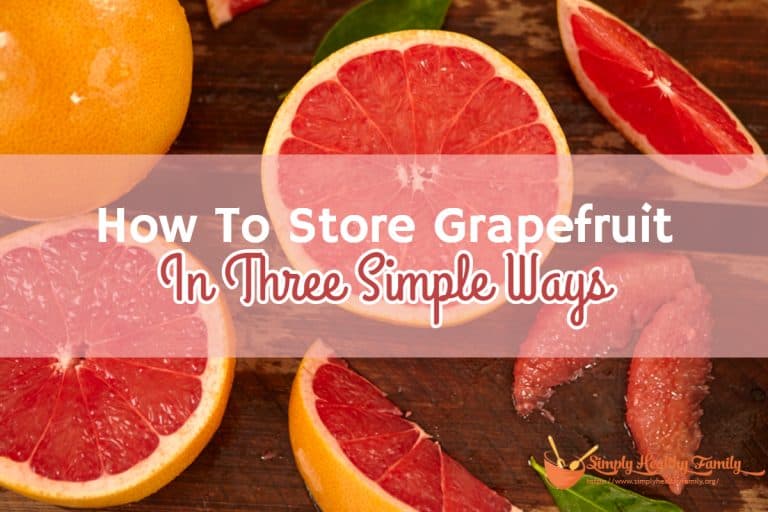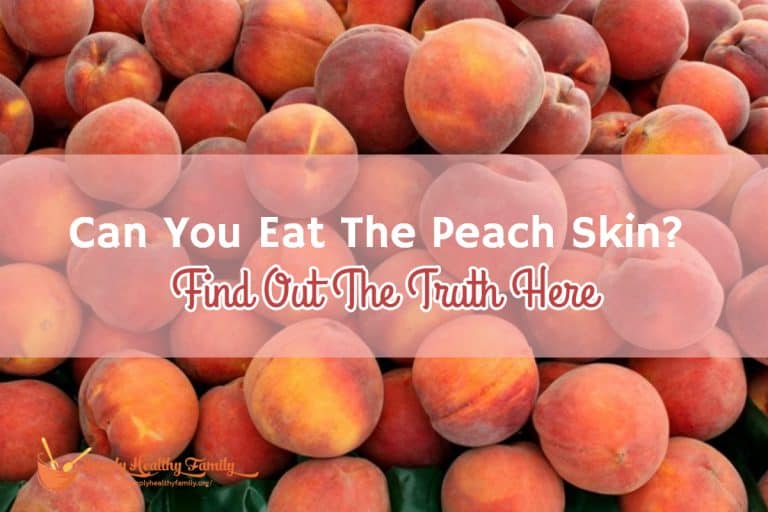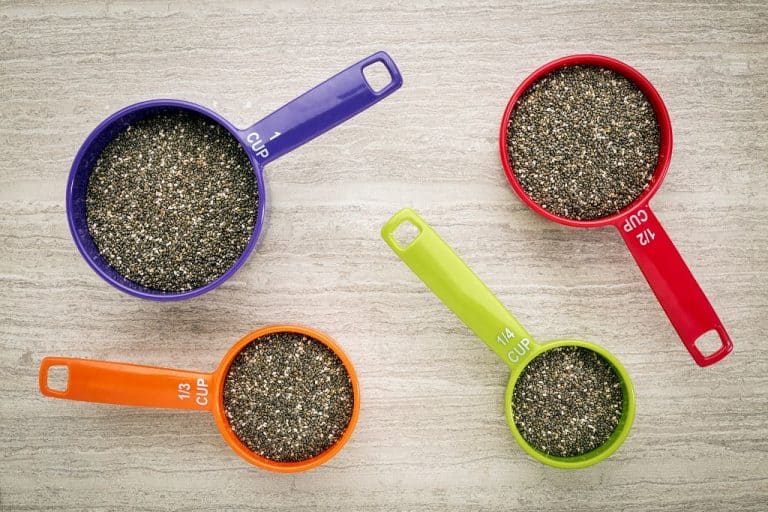How to Make Pasta in a Rice Cooker
Rice cookers are brilliant kitchen tools for making more than just the perfect rice bowl. It is worth trying if you haven’t yet tried making pasta in a rice cooker.
I have covered how to cook pasta in a rice cooker and included thorough step-by-step instructions to help you cook your pasta to perfection. You will also come across some fun pasta facts and pasta dish inspiration in this article, so make sure you take notes and save this post for later to use it as a reference. Enjoy!
Why Make Pasta in a Rice Cooker?
Making pasta in a rice cooker is very mess-free. There is no draining involved, you won’t need to use multiple pots and pans, and the water doesn’t spill over the sides like it often does by surprise when you cook it on the hob.
Another reason people like to make pasta in a rice cooker is that it frees up the hob and oven space. This is particularly important when preparing for a big family dinner or event and having multiple things cooking at a time.
How to Make Pasta in a Rice Cooker
Before you start making pasta in a rice cooker, you must assess how much-cooked pasta the rice cooker can handle. This is incredibly important because dry pasta soaks up lots of water and doubles in size when fully cooked. Most of the time, one cup of dry pasta will make two cups of cooked pasta.
1. Add Pasta and Water
The ratio of pasta to water will vary depending on the type and shape of the pasta you want to cook. As a rule, you should cover the pasta with water so that the water is an inch above the pasta if you like your pasta soft. Medium to well-done pasta should be covered with water that comes to half an inch taller than the pasta, and al dente pasta should be filled with water until the water and pasta are levels in the rice cooker.
2. Season and Add Oil
Pasta is tough to season after it has been cooked, so I recommend reasoning the water if you want to add a bit of flavor to the pasta. In fact, adding just a pinch of salt to the water before the pasta starts cooking is better than adding salt after it is cooked. You will find that pasta needs less salt and pepper when you do it this way, which is far better for you in general.
Putting a teaspoon of olive oil in with the pasta will stop the water from frothing and potentially boiling over. It also gives the pasta a nice flavor and texture and makes adding sauce to the pasta easier when it is cooked.
3. Set to Cook
Set the rice cooker to ‘cook’ and close the lid. The pasta will take about 10 minutes to cook.
4. Stir Frequently
I recommend opening the top now and then and stirring the pasta to stop it from sticking and clumping together. You can also test the texture of the pasta to see if it is done to your liking.
If you think the pasta has finished cooking before it has soaked up all of the water, drain away from the remaining water and make a note to put ¼ inch less water in the rice cooker next time. It is all about trial and error, so don’t expect to get it to spot on the first time.
Top Tip: If you are more of a spaghetti fan, you can break the spaghetti in half, cover it with water, and proceed to cook it as you do pasta. You can also store the spaghetti in the fridge using the rice cooker container. Easy!
You May Also Like: How to Cook Beans in a Rice Cooker
What Goes Well With Pasta?
Pasta isn’t nutritionally rounded, so we need to be smart with what we serve it to get a nice balanced meal. Here are some pasta meal suggestions for you that will fill your family’s bellies.
Bolognese
Is there anything better than a hearty bolognese? Cooking pasta bolognese is a great way to incorporate veggies into a dish if you have fussy children. Chop the vegetables of your choice up nice and small and mix them in with the meaty sauce.
Broad beans, Corn, and Fish Pasta
Pasta and fish go brilliantly together, especially if you throw some broad beans and corn into the mix. Broad beans and corn give the pasta dish a sweetness that is more than welcome with fish.
Garlic, Spinach, and Cream Cheese Pasta
Spinach is a superfood, but it feels like an indulgent superfood when it is paired with cream cheese, garlic, and pasta. This is a great meal to take with you to work or college for lunch if you know you have a long day ahead of you.
Peas, Rocket, and Pesto Pasta With Chicken
Sweet peas, fresh rocket, and some juicy chicken breast with pasta are a very rounded, healthy, and delicious meal that is great for lunch or dinner.
Pasta Fun Facts
- The average person in Italy eats approximately 51 pounds of pasta per year. WOW, that is a lot of pasta!
- You should always match the shape and thickness of the pasta with the texture of the sauce you are serving it with. Thin, delicate pasta sauces need to be served with light sauces, whereas thick pasta and spaghetti go brilliantly with bolognese and heavy, meaty sauces.
- Egg noodles contain eggs. There are laws and regulations surrounding what can and can’t be called a noodle. By law, a noodle has to contain 5.5% egg solid to be classified as a noodle.
- Most pasta is beige-colored, but some are colorful and bright. For example, green pasta is made using spinach, and red pasta is made using tomatoes.
- Pasta is made using the same technology worldwide, regardless of the type of pasta being made.
FAQ:
Q: What was the first pasta shape?
A: The first pasta shape was a flat pasta sheet that was treated similarly to the dough.
Q: Is pasta good for you?
A: Pasta is a great meal when eaten in moderation. It is a carbohydrate that will keep you fuller for longer and doesn’t cost a lot to purchase.
Q: Is spaghetti a type of pasta?
A: Yes, spaghetti is a long-stranded type of pasta. It is one of the most popular types of pasta worldwide.
Q: Is rice healthier than pasta?
A: Rice has a lower calorie content than pasta, so you should choose rice over pasta if you are on a calorie-controlled weight-loss diet. This doesn’t mean rice is healthier than pasta, but there are times when you will want to choose one over the other.
Q: Is pasta easier to digest than rice?
A: Yes, pasta is digested by the body much faster than rice. If you need a boost of energy for a workout, pasta is the best carb to have to give you the kick you need.
Q: Is pasta better for lunch or dinner?
A: Pasta should be eaten at lunch over dinner as it is full of fast-burning energy that needs to be burnt before you go to bed. You can eat pasta for dinner, but overdoing it could lead to weight gain.
Related Reading: Rattlesnake Pasta Recipe

